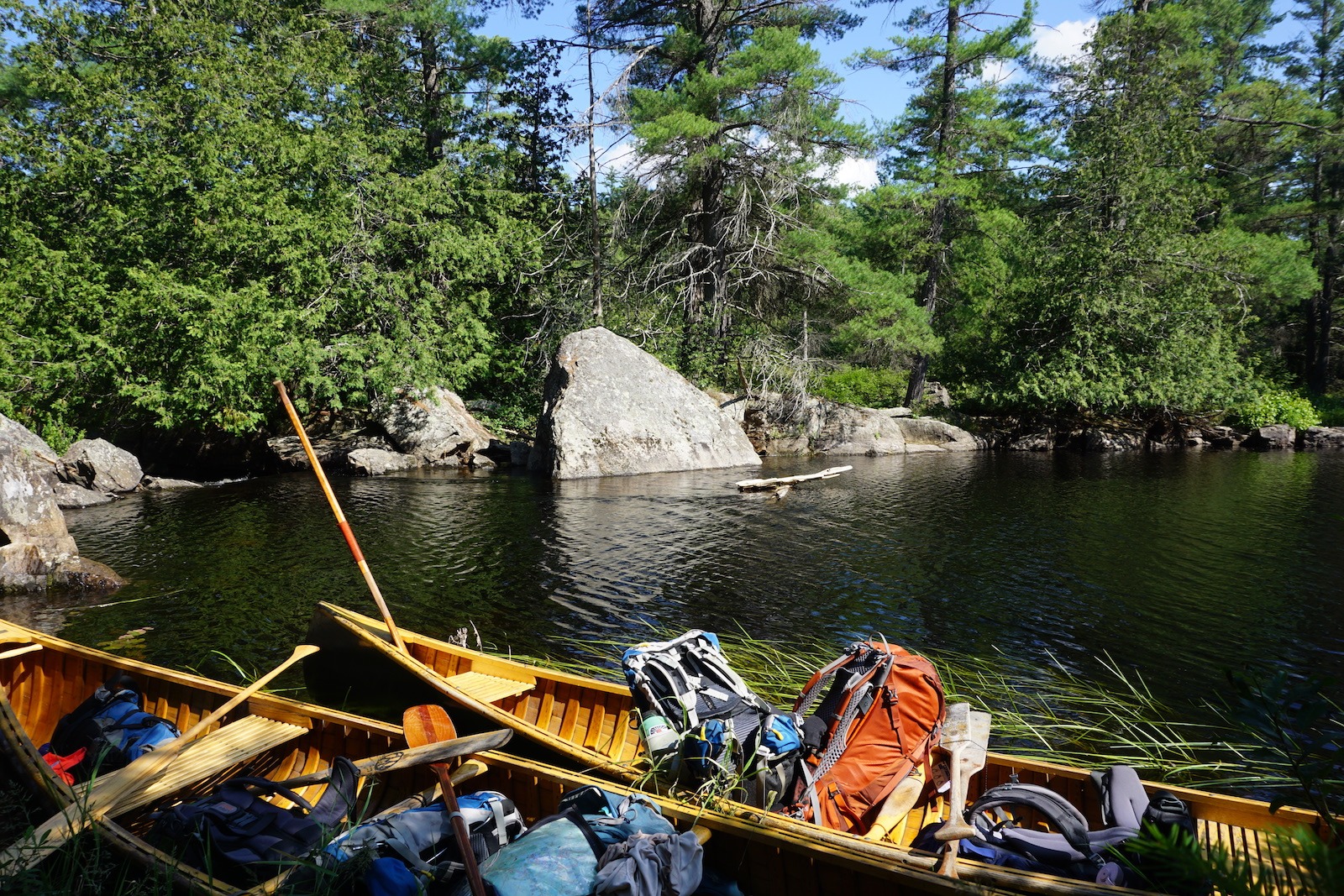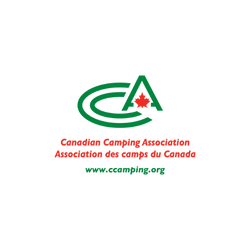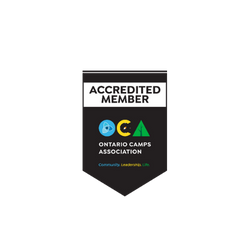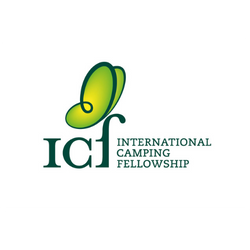The Northway and Wendigo Outfit Lists are a suggested list. The Northway list is based on a 25-day session, while the Wendigo list is for a 13-day session. Please adjust your packing accordingly. Remember that a good camper travels light! This is particularly true for those children who will be flying to camp, as many airlines now charge for all checked baggage. Please click here for the Packing and Equipment List.
Involving your child in the packing process may help them to become more excited about camp, and increase their confidence. A list of what was sent to camp will be helpful for your child when they are packing at camp to go home.
We suggest sending older clothing to camp. One rule of thumb: if your child would like to wear it to school in the fall, don’t send it to camp in the summer.
Please LABEL EVERYTHING! This will help us return items left behind at camp. We will donate unclaimed Lost and Found items to charity in the fall.
Canoe Trip Equipment
While Northway canoe tripping has remained relatively unchanged over the past 100 plus years, the equipment associated with backcountry camping has made incredible progress. Many of these advances allow for a more dry, warm, efficient and generally successful tripping endeavor. For many returning campers who have experience with backcountry camping this information will be familiar, but we hope that it may be helpful for families and campers coming to Algonquin for the first time.
All of the following information is based on very general research and should only be taken as a suggestion. New equipment can be expensive and there is by no means a need for your child to come to camp equipped with the highest-end gear. This information is essentially a loose guide for anyone who may be in the market for new equipment. Most importantly, the best advice is to head to your nearest outdoor outfitter to do your own research, try things on, and speak with a real expert. You can always search for sales and order online, but it’s best to do the original research in person.
Trip Pack
The trip pack is possibly most central to a happy trip (other than the canoe, of course). A few things about packs:
Fit: Pack technology today can be almost overwhelming, but the key will always be fit. This is why going to a store to have a salesperson fit you is so crucial.
Frames: There has long been an internal vs. external frame debate, but we believe that general agreement is in the direction of internal frames. We feel that they tend to distribute weight better, and also fit into canoes much more easily.
Size: Both height and volume are important considerations. The appropriate size will depend on the camper’s age and subsequently length of trip, as longer trips require somewhat more clothing and food. The age suggestions below are also flexible however, as fit is the most important consideration.
Pricing: As packs get larger prices go up, and a new pack can be a fairly expensive commitment. First of all, do not feel that your child needs to arrive at camp with the newest or most expensive equipment. Borrowed packs from neighbours or older siblings work just as well as a brand new pack, as long as they fit. If your child is going to use his/her pack frequently, however, the investment in a new pack might not be a bad idea.
- Campers aged 9-11
An outdoor daypack will work well, as campers will not be carrying large quantities of food. These packs will not be large enough to need an internal frame, but should be somewhat larger than a school backpack and should have at least a hip strap, if not both hip and chest straps. - Campers aged 12 – 13
A good pack for a 4 or 5-day trip will be somewhat taller than these daypacks, but are still often listed as day or “weekend” packs. At this size, it’s not a bad idea to start looking at packs with internal frames. - Campers aged 14 – 16
These packs are fairly large. Don’t feel the need to go too large—the lack of comfort will certainly not make up for any increase in capacity.
Sleeping Bags
Sleeping bags are far less complicated than packs, and most any bag will work well. The biggest things to keep in mind are:
- Temperature rating (colder than 10oF or –12oC are probably too warm for camp)
- Material: A down or synthetic sleeping bag are both great, but heavy materials such as flannel linings can take quite a long time to dry and are very heavy when wet
- Pack-ability: Bags that pack down small are best, and stuff sacks or compression sacks help with this
Hiking Boots
Our canoe trips take campers through some of the most beautiful wilderness. On long portages, good hiking boots are really a must. Waterproof boots stay dry as long as water doesn’t come over the top and get inside the boots, in which case they take a while to dry. Breathable and quick-dry boots get wet easily, but also dry easily. It’s really just a matter of preference. As always, good fit is the key.
Dry Bags
These are completely optional for Northway campers but will be needed for Wendigo campers because of how much tripping there is. Many of our campers have started to find that dry bags are one of the more effective ways to pack for a canoe trip. Camp provides plastic bags for all campers, but dry bags are both completely water resistant and also a good way to compress all items on a canoe trip and save space. SeaLine is the main manufacturer of the bags, and most outdoor outfitting stores will sell various sizes. If you are interested in a dry bag, you’ll need to make sure the dry bag fits inside your pack and is large enough to fit a sweatshirt, campsite pants, tshirt, changes of socks and underwear, a flashlight, a book, camera or other small items for a trip that will need to stay dry.
The best advice on all counts is to shop around, ask friends and experts, try various options, and maybe even have your camper do a dry run of packing their trip pack before they come to camp. No matter what equipment your child has we promise that they will have a summer of amazing trips and even more amazing friendships and experiences.





